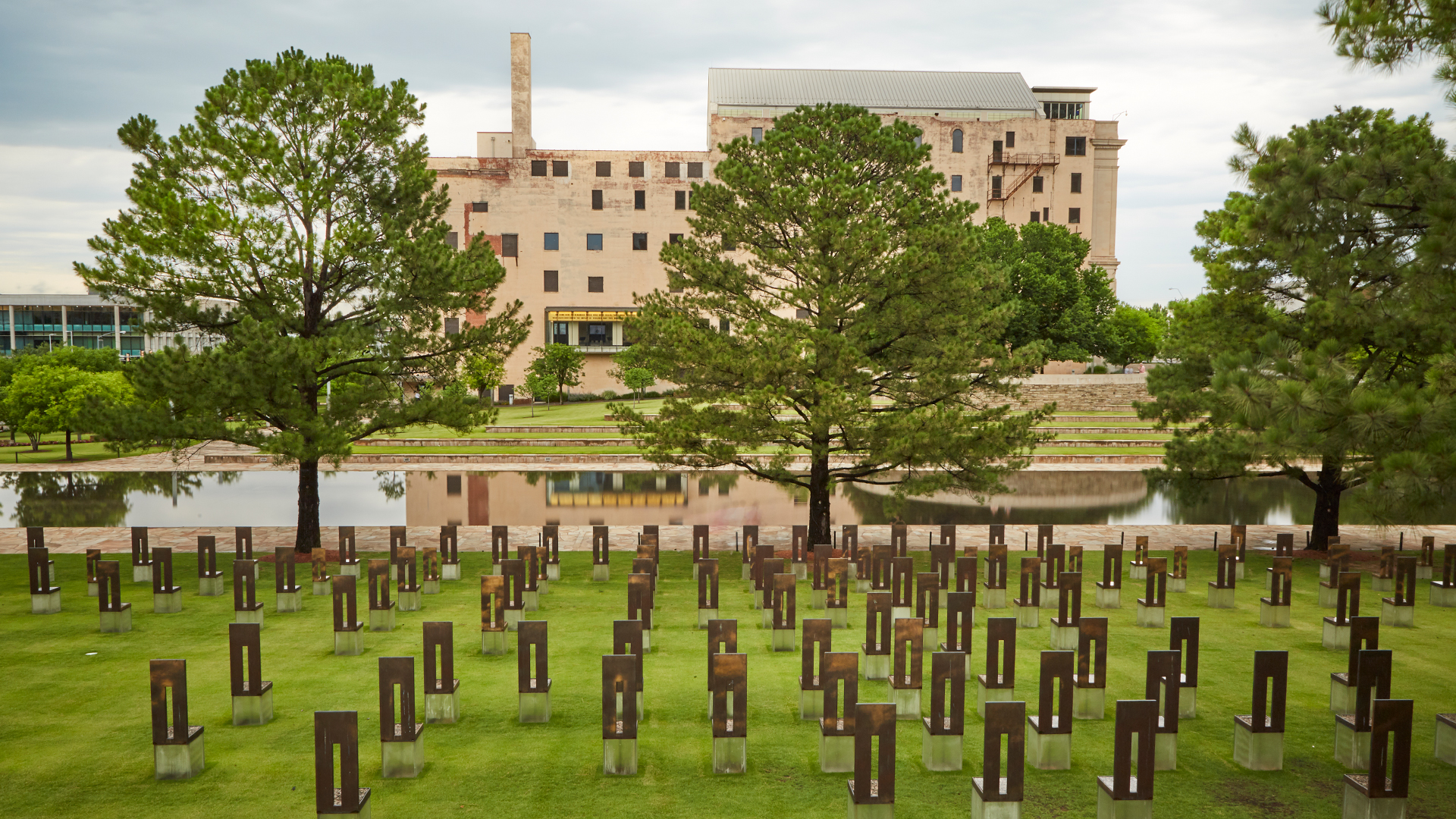Not too many states in the country have a classic folk song, an award-winning Broadway play written about it, or boast the official nickname of “Native America,” nodding to its numerous Indigenous Nations throughout its borders.
Looking at a map of the United States and its particular geographical position, this area could also claim to be the land of true the American spirit. The state is midwest, southwest, true west, and completely singular itself, encompassing a melting pot of American regions and cultures all rolled into one.
Of course, the state in question is Oklahoma! “Where the wind comes sweeping down the plain …”. Further into this classic number, the voice cries: “We know we belong to the land! And the land we belong to is grand!”
That small rhyme personifies the Oklahoman spirit, regardless of cultural, racial, or spiritual history. Present-day Oklahoma has long been inhabited by the Great Plains Tribes of Indigenous Americans, dating back thousands of years. In more recent history, it was the beginning of the new American frontier during the westward expansion of the 19th century.
Admitted into the Union in 1907, Oklahoma would see boom and bust over its nearly 120-year statehood, most notably during the Dust Bowl era of the Great Depression.
Yet, the Oklahoman spirit is tireless. Its dogged determination and pioneer nature run deep — even to this day — and throughout a century’s worth of change.
Oklahoma has three National Monuments that preserve different shades of its unique character, and each must be visited when passing through the “Sooner State.” Read on to learn more!
Oklahoma City National Memorial: There may be no greater monument of the relentless bravery and indomitable spirit of Oklahoma — and America writ large — than this memorial commemorating the Oklahoma City bombing of April 19, 1995. On that solemn day, 168 souls were lost when a massive homemade bomb exploded beneath the Edward R. Murrow building in downtown Oklahoma City. Today, the Oklahoma City National Memorial stands where the federal building once stood to preserve the legacy of the lives lost that day and to continue to tell their stories. Visitors are offered the chance to take guided tours or simply peruse the grounds to learn more about this dark day in America’s past. The site honors the resilience that carried the survivors, an entire nation, into a brighter present and future.
Photo Courtesy NPS
Boley Oklahoma Historic Place: This site is unique, with a story worth telling over 100 years later! According to the Oklahoma Historical Society, Boley, Oklahoma, was the largest and most well-known of the more than 50 all-Black towns in Oklahoma in the post-Civil War, pre-Civil Rights era. Founded in 1903, the city of nearly all Black Americans thrived so much over the first years of its existence, it boasted such luminary visitors as Booker T. Washington, who famously declared Boley “The most enterprising, and in many ways, the most interesting of the Negro towns in the United States.” Like most towns in the region, Boley would see its ups and downs, but it still stands and is in a period of growth and rejuvenation once more. Today, visitors can learn a little more about the history of the region, the city, and other all-Black towns like it.
Photo Courtesy Oklahoma Historical Society
Oklahoma State Capitol: Boasting to “offer an incredible, one-of-a-kind experience in art, history, and government,” the State Capitol in Oklahoma City is a must-see for anyone passing through the 46th state’s capital city. While the current structure has more than 450,000 square feet of usable area, the original building, which began construction in 1914, was decidedly more modest. However, the complex expanded throughout the decades, including an initially planned dome. It was abandoned due to cost early in the construction process but was finally completed in 2002. Visitors can view legislative sessions, participate in guided tours, take in the incredible art pieces on its walls, and marvel at the architectural genius that built this beautiful spot.
Photo Courtesy Oklahoma Historical Society/Trait Thompson





